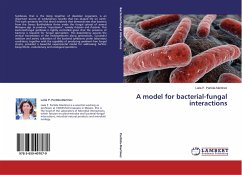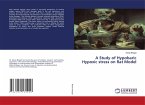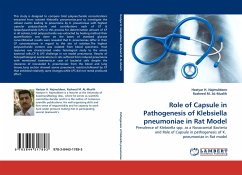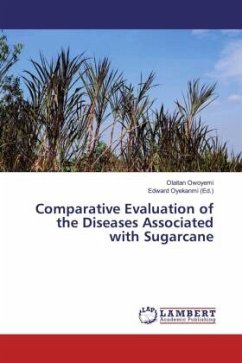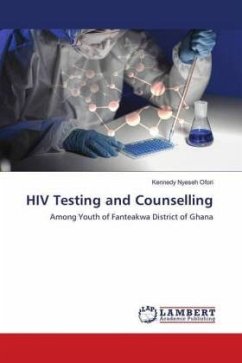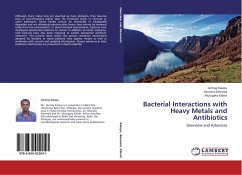Symbiosis, that is the living together of dissimilar organisms, is an important source of evolutionary novelty that has shaped life on earth. This work presents the first direct evidence that demonstrates that bacteria from the Genus Burkholderia thrive inside the fungal cytosol of several Rhizopus spp. to produce mycotoxins , namely rhizoxin and rhizonin. This bacterial-fungal symbiosis is tightly controlled given that the presence of bacteria is required for fungal sporulation. This dependency assures the vertical transmission of the endosymbionts along generations. Successful isolation and axenic cultivation of the bacterial symbionts under laboratory conditions, together with the capability of producing symbiont-free fungal strains, provided a beautiful experimental model for addressing further biosynthetic, evolutionary and ecological questions.
Bitte wählen Sie Ihr Anliegen aus.
Rechnungen
Retourenschein anfordern
Bestellstatus
Storno

